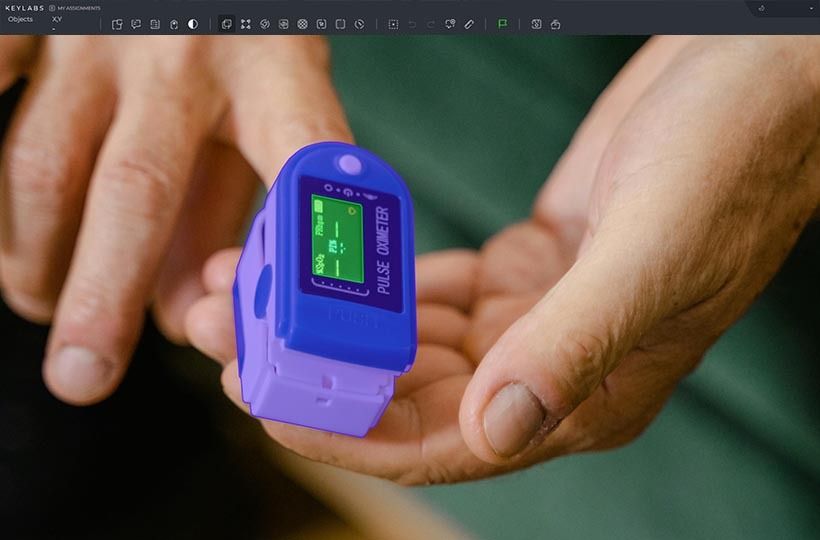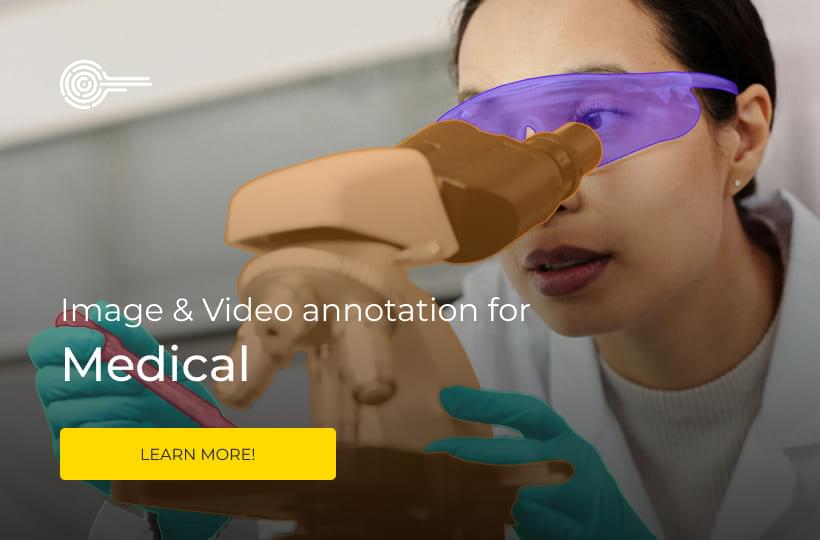Annotating Medical Text: NLP Guidelines for Clinical Data
The healthcare industry processes many clinical documents yearly, underscored by the need for high-quality annotation and analysis. The development of medical NLP solutions facilitates the management of this volume of data. These methods guarantee F-measures consistency between annotators, ensuring high-quality annotations for machine learning models. A detailed approach to medical text annotation allows for the accurate interpretation of complex clinical data. Annotated datasets that include various document types, such as FDA drug labels and clinical trial results, expand the capabilities of artificial intelligence in healthcare.
Quick Take
- Healthcare generates a large amount of unstructured clinical data.
- High-quality data annotation is essential for practical medical NLP.
- Different document types make NLP models more robust.
- Annotated datasets facilitate the development of AI in healthcare.
- Accurate annotation of medical texts improves patient care.

Understanding Medical NLP
Medical Natural Language Processing (NLP) is a technology that recognizes language for medical texts. It automatically analyzes and interprets unstructured information, such as medical records, medical histories, examination results, etc.
Importance in Healthcare
Medical NLP can improve the efficiency of medical professionals and the quality of medical services. By automatically processing and analyzing large volumes of unstructured text data, NLP helps doctors quickly obtain accurate patient information, allowing them to make the right decisions in treating and diagnosing patients.
Medical NLP also reduces the administrative burden on medical staff, thanks to automated processes for entering and updating data in electronic medical record systems.
Medical NLP helps in the research and development of new treatment methods. It processes and analyzes the results of clinical trials, scientific articles, and medical reports.

Types of Medical Texts to Annotate
- Clinical notes contain information about patients. They detail observations, diagnoses, and treatment plans. Text annotation of these notes identifies symptoms, medications, and medical history. This creates structured data for better patient care and clinical decision support.
- Medical research papers contain complex medical terms and groundbreaking discoveries. Annotating these documents highlights key information, identifies new treatments, and uncovers disease models. This advances medical knowledge and the development of review tools combined with artificial intelligence.
- Radiology and imaging reports help diagnose and track diseases. Annotating these reports highlights key findings, measurements, and recommendations, which help AI models interpret images accurately for radiologists.
Common Annotation Issues in Medical NLP
- Ambiguity of Medical Terminology. Medical terms typically have multiple meanings, making it difficult to annotate accurately. This leads to inconsistent data labeling, impacting the quality of machine learning models.
- Variability of Clinical Documentation. Clinical documentation varies in structure and content. It contains unique abbreviations or formatting, which complicates the data annotation process. Creating standardized annotation guidelines suitable for all clinical data makes it difficult.
- Data Privacy and Compliance. When working with medical data, it is necessary to protect it reliably. Annotators must navigate HIPAA regulations and other compliance requirements. This includes de-identification processes that alter the text and affect the effectiveness of medical NLP models.
NLP methods for medical text annotation
- Named Entity Recognition (NER). This method automatically identifies and classifies medical terms in text, such as names of diseases, medications, symptoms, drug doses, and patient personal data.
- Relation Extraction identifies relationships between different entities in medical texts, such as the relationship between a drug and a dosage or between a patient and a diagnosis. This annotation structures the information for further analysis.
- Medical Term Recognition. It uses specialized medical term dictionaries and databases, such as SNOMED CT (Systematized Nomenclature of Medicine), to correctly define medical terms and recognize them in the context of the text.
- Text Classification. This method allows you to classify medical texts, such as diagnoses, symptoms, drugs, and treatment directions. It sorts medical records and automatically distributes information.
- Annotation Identification and Interpretation. After recognizing and classifying medical terms, the NLP system interprets their meaning in context.
The Future of Medical NLP in Healthcare
Improving Diagnostic Accuracy. Medical NLP can analyze unstructured text records (case histories, patient information) using deep learning models such as transformers (BERT, GPT). This will help doctors make accurate diagnoses and find relationships between symptoms that may not be obvious to humans.
Medical document processing is automated. NLP technologies automate maintaining medical records, reducing the burden on medical staff.
Personalized treatment. NLP can process large volumes of medical data to identify patients' characteristics, allowing customized treatment plans to be created. NLP technologies can consider genetic, environmental, and social factors to choose treatment methods for each patient.
Patient interaction with healthcare systems. Based on NLP, chatbots and virtual medical assistants will allow patients to receive quick and convenient access to medical advice, information about their health, and treatment recommendations.
FAQ
What is Medical Natural Language Processing (NLP)?
Medical Natural Language Processing (NLP) is an artificial intelligence algorithm for analyzing and understanding medical texts.
Why is Medical NLP important for healthcare?
Medical NLP processes large amounts of unstructured clinical data, such as medical records or medical histories. This improves disease diagnosis, optimizes treatment, and reduces the burden on medical staff.
What types of medical texts are typically annotated for NLP programs?
Clinical notes, hospital discharges, medical histories, radiology reports, and prescriptions. Scientific publications, laboratory results, and patient questionnaires are also annotated.
How do we avoid ambiguity in medical terminology when annotating?
Use controlled dictionaries and context-sensitive annotation guidelines. Advanced NLP techniques such as word disambiguation help you understand ambiguous terms based on their context.
What are the practices for creating a clear annotation scheme?
Practices for a clear annotation scheme include defining clear categories and rules and ensuring consistency across annotators through training and case testing.
How do you train annotators to annotate medical texts?
Through instruction, hands-on training, regular quality checks, and feedback loops.
